High Roads, Great Views – Caravaning in the Mountains
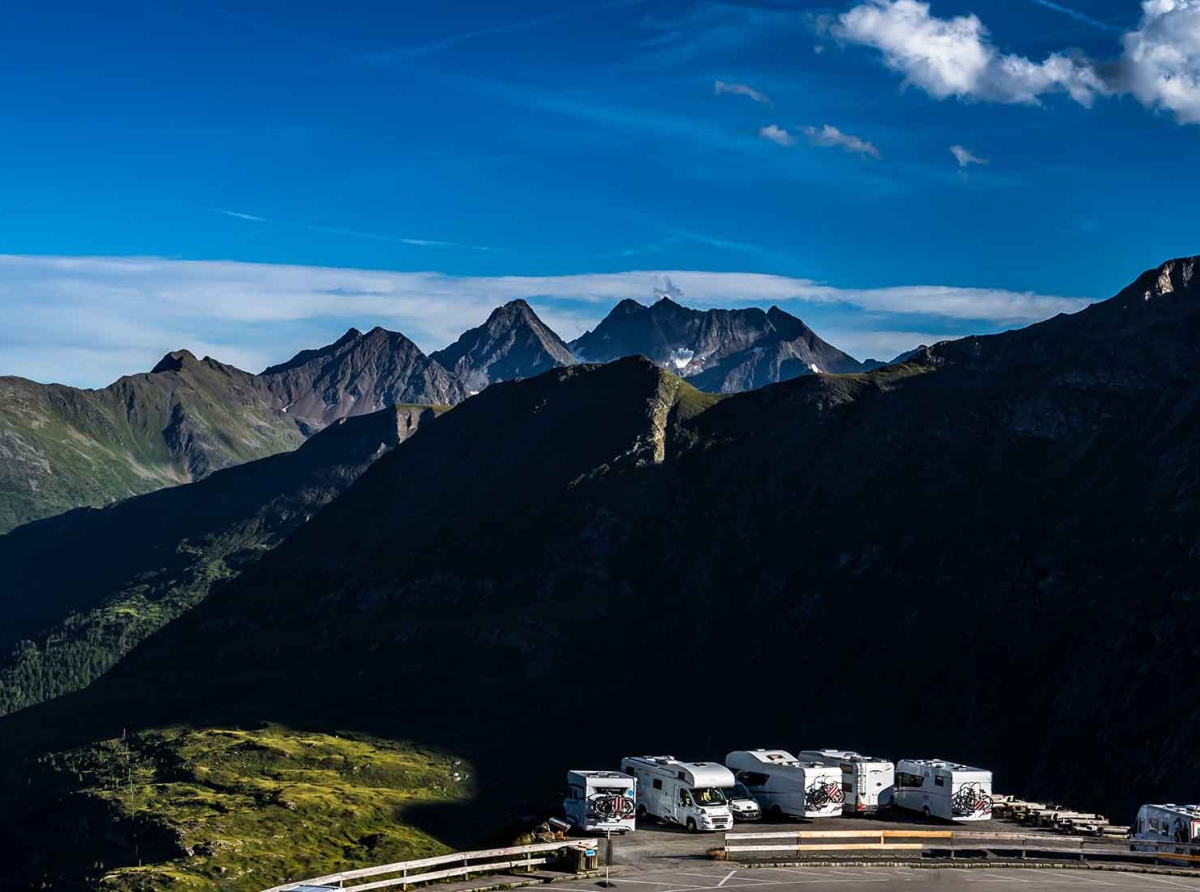
Embarking on a caravan journey into the mountains combines the freedom of the open road with the serenity of nature. The idea of exploring towering peaks and remote valleys in your home on wheels is an enticing adventure.
However, this type of trip demands more than just a love for travel—it requires preparation and attention to detail. From choosing the right tow vehicle to navigating steep mountain passes, every aspect of your caravan setup plays a critical role.
The mountains present unique challenges, such as narrow roads, unpredictable weather, and altitude-related issues. In this article, we’ll explore what to consider when planning a caravan trip to the mountains, how to prepare your vehicle, and which mountain passes are best suited for caravans. With the right knowledge and preparation, your mountain adventure can be safe, enjoyable, and unforgettable.
Related articles
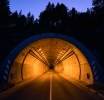
Driving through Alpine Tunnels in a Camper: Important Tips for a Safe Journey
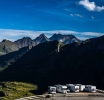
High Roads, Great Views – Caravaning in the Mountains

Caravandrive: Your Partner for Commercial Caravan Sales

Caravandrive: The straightforward solution for private sellers
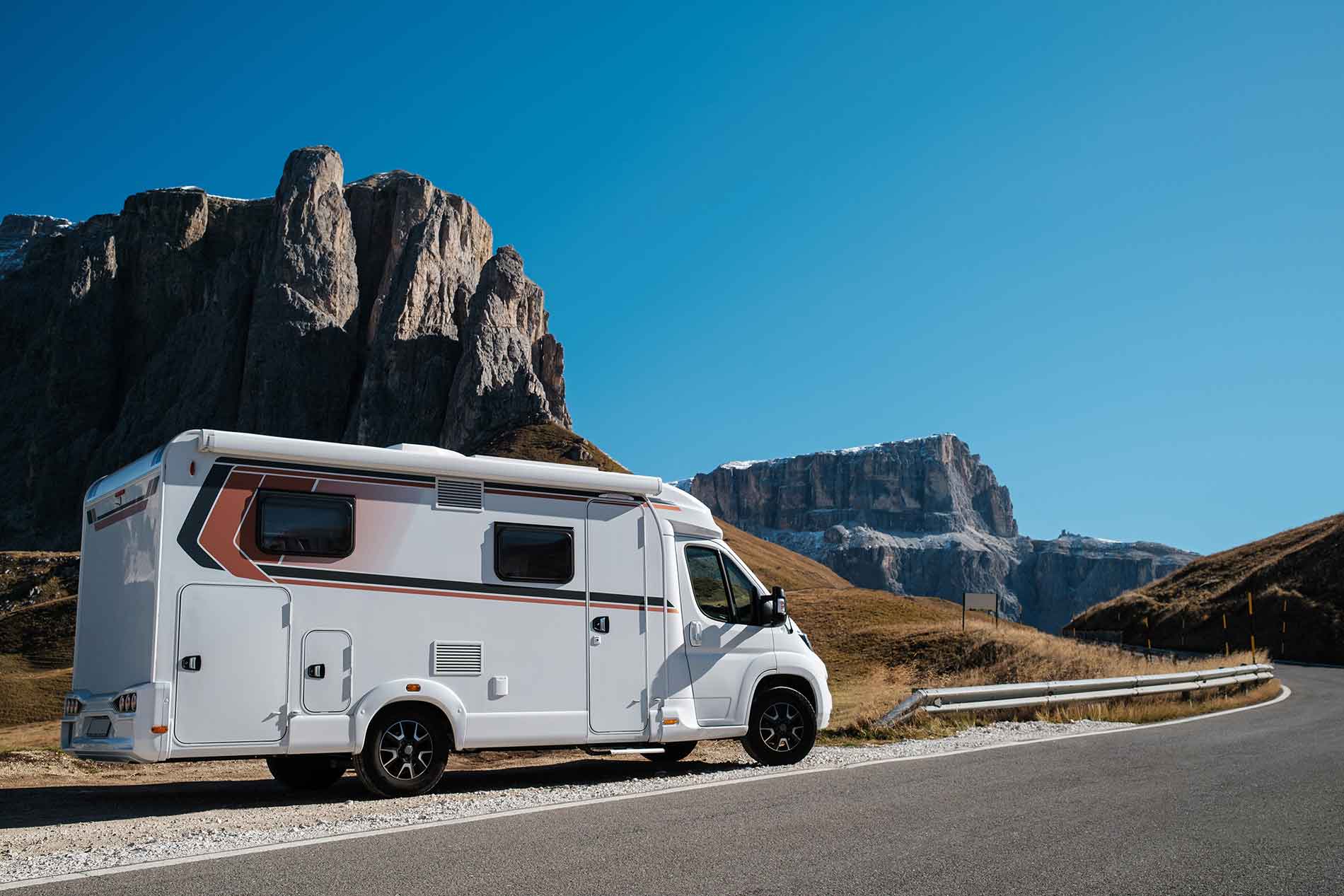
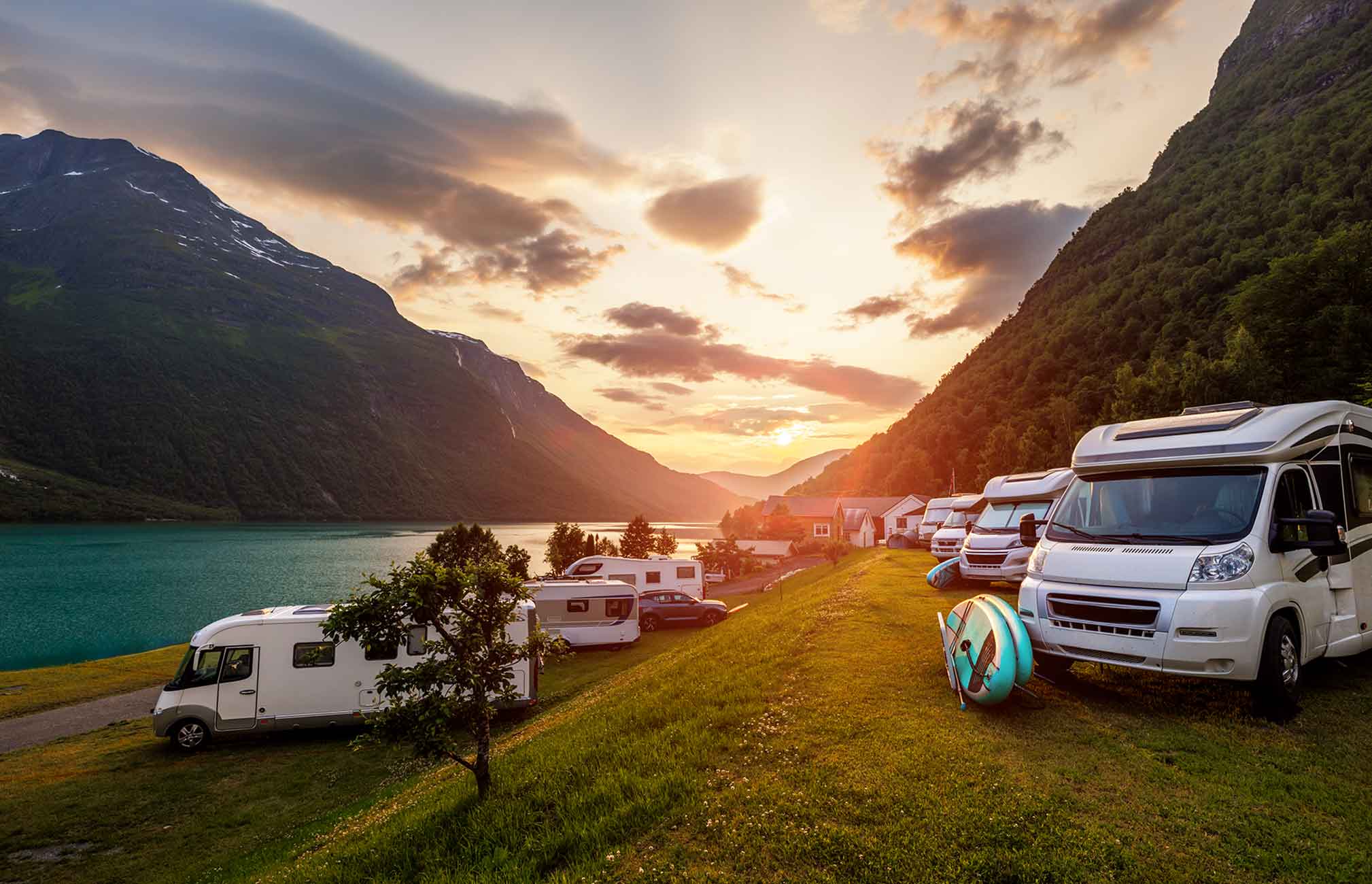
Taking the Caravan into the Mountains – Opportunities, Risks, and What You Need to Know
A camping trip into the mountains promises freedom and immersion in nature – and it truly delivers. But it also challenges your towing setup, your driving skills, and your equipment more than a trip on flat terrain. With good preparation, you can enjoy breathtaking experiences. If you ignore the risks, you may quickly find yourself at your limits – literally.
Advantages of a Mountain Caravan Trip
- Unique campsites with breathtaking views
- Cooler climate during hot summer months
- Direct access to nature: hiking, biking, wildlife observation
- Peace and seclusion far from the crowds
Energy & Water Supply at Altitude
Solar panels often perform better at higher altitudes – as long as they are properly aligned. Plan your water usage carefully, as not every mountain site has hookups. An extra water canister and a portable filter can help. For gas appliances, a pressure regulator with altitude compensation is recommended.
Potential Risks of Mountain Driving
- Overheated brakes from constant braking
- Engine damage due to overload or overheating
- Suspension damage from poor road conditions
- Sudden weather changes: wind, fog, or snow
- Risk of falling from unprotected road edges
Planning and Technical Considerations
The right preparation starts with choosing a suitable tow vehicle – torque is more important than horsepower. Reliable brakes and either an automatic transmission or manual with strong engine braking are essential. Pay attention to the total permissible weight and hitch load – these details are often listed in the vehicle documents or on the manufacturer’s website.
Mountain Passes – Challenging but Scenic Routes
- Stelvio Pass (Italy, 2,757 m): Over 40 hairpin bends, narrow and steep – only for experienced drivers with compact setups.
- Timmelsjoch (Austria/Italy): Unpredictable weather, narrow lanes.
- Grossglockner High Alpine Road (Austria): Stunning but technically demanding due to steep gradients.
- Gotthard Pass (Switzerland): Historic cobblestone sections, slippery when wet.
- Col de Turini (France): Famous from rally racing – not suitable for trailers.
More route planning information can be found at alpenpaesse.de or camperstyle.de.
Tips for Safe Mountain Travel
- directions_car Check Your Vehicle: Ensure your vehicle is in optimal condition before traveling. Regular maintenance, proper tire pressure, and checking the brakes are crucial. Learn more from ADAC.
- accessibility Prepare for Altitude: Adjust your expectations for altitude sickness and carry necessary equipment like portable oxygen and hydration systems. Read more on Mountain Planet.
- ac_unit Monitor Weather Conditions: Always check the weather forecast before and during your trip. Conditions in the mountains can change rapidly. Check MeteoAlarm for alerts.
- local_hospital Emergency Readiness: Know the nearest hospitals and emergency contacts in the region you're traveling to. Carry a first aid kit. Dolomites Travel Safety Info.
- explore Plan Your Route: Use reliable mapping tools to plan your route in advance, considering the difficulty and elevation of each mountain pass. Route planning at Alpenpaesse.
Conclusion
A caravan trip into the mountains can be an unforgettable adventure. With the right equipment, well-planned routes, and a healthy respect for nature, your journey will be rewarding and safe. It's better to prepare well than to take risky shortcuts – because freedom in the mountains begins with responsibility.

 En
En  DE
DE  NL
NL